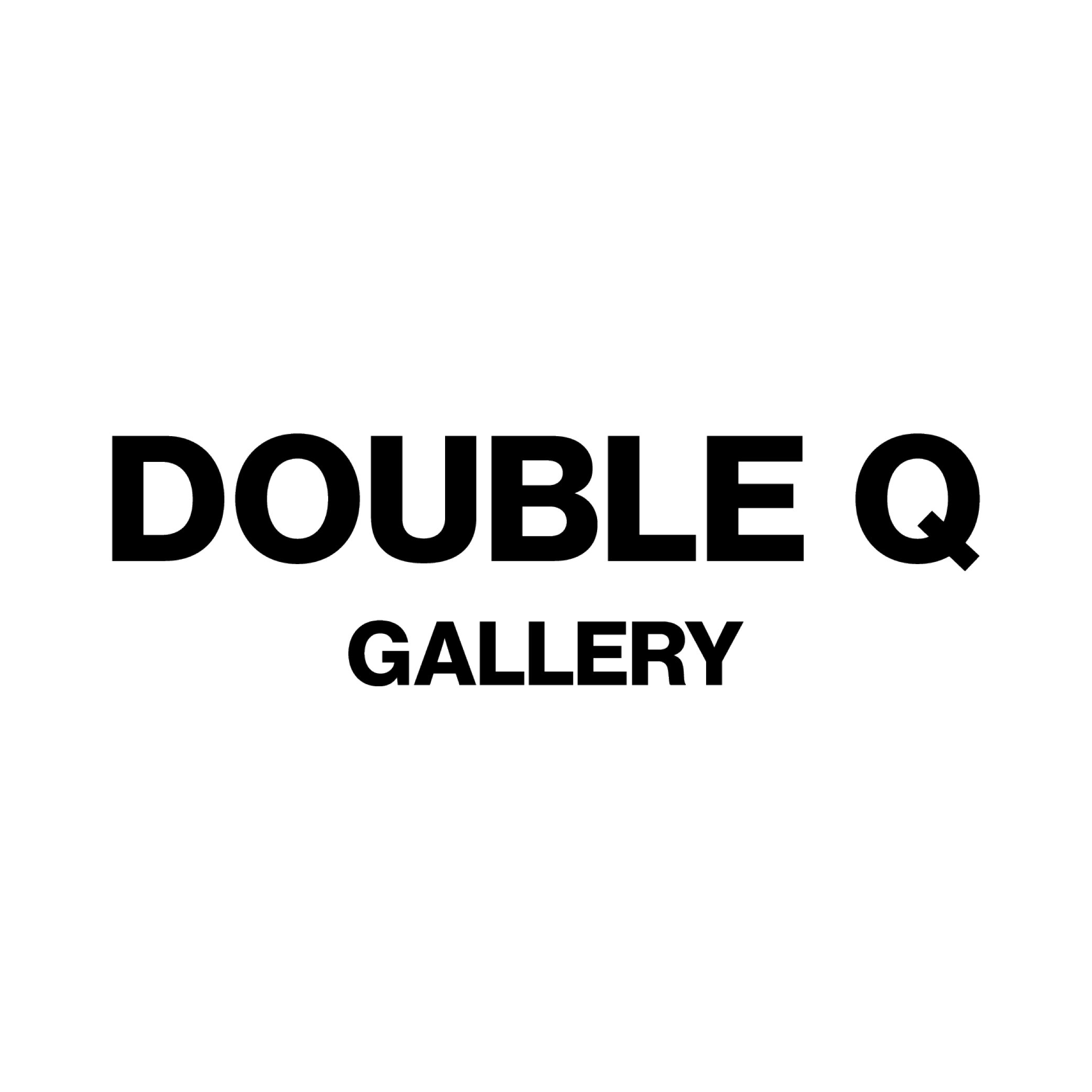![]()
The first solo exhibition of Prague-based artist Monika Žáková at Double Q presents her two most recent series of paintings, Echoes of Time and Echoes of Memory. As the title suggests, Žáková's work in these two series (as well as in her previous practice) focuses on the traces, imprints, passages or stamps left by time and the presence of force on the material itself. However, to speak of them as poetic ephemeral gestures would be too naive – in the artist's case we encounter a precise and thoughtful work in which there is a cautious equilibrium between the uniqueness of the material and the use of its self-referentiality and the application of various degrees of control with which she approaches the medium. Despite the fact that the two series bear many common denominators, as one might expect in the practice of a single artist, what separates them are the two distinct temporal grants through which the artist grasps them. This is because the one in Echoes of Time is strongly organic, changing, unstable and irregular, at times even physical, which can be understood as traces of flux and entropy. Whereas in Echoes of Memory we observe structural and mentally precise proportions of the pictorial plan corresponding to the way the brain stores and reconstructs memories and eventually constructs memory.
Time and temporality and their imprint thus play an important role in these two series. Time as the fourth dimension of 3D space is examined from a number of interdisciplinary perspectives. This broad spectrum of scientific approaches also includes an engagement with time in relation to the human body and memory. Thus, time is humanized to the extent that it depicts a temporal experience, but one that we know exists on two levels: the collective sense of time, the only one we can all agree on, which is not identical to our private sense of now. The experience of time is therefore, in short, deeply personal, even as it is bound up with social life. And the tension between these two layers of temporality is then closely linked to the way we use narrative.
Although Monika Žáková's works are minimalist monochromes executed in soft pastel shades, and for the first time using soft, airy, “longer” airbrush strokes, and nothing could be further from fictional narrative, I would dare to say that a certain narrative can be found in them after all. Following A. A. Mendilow's distinction between “tales of time” and “tales about time,” Paul Ricoeur argues that “[a]ll fictional narratives are ‘tales of time’ inasmuch as the structural transformations that affect the situations and characters take time. However only a few are ‘tales about time’ inasmuch as in them it is the very experience of time that is at stake in these structural transformations.” And perhaps it is this division between the two types of stories that Monika Žáková explores as she attempts to capture the two different modes of the appearance of temporality and their physical presence in the material that always occupies a primary role in her praxis.
The processual beginning for Žáková is the empty space. It is an active element of composition, and reduction is a way of achieving intensity in her practice – it allows more space for interactions, and this principle remains present throughout the entire course of the work, which ultimately shows in the installation of the canvases themselves, for which the distance between the paintings is important so that they communicate appropriately with each other. The artist intentionally utilizes the innate plasticity and texture of the primed canvases, while incorporating partly random modelling. In the organic Echoes of Time series, we find a naturally higher degree of chance, while in the more geometric Echoes of Memory, she uses rasters as if they were a visual archive, a tableau of memories or a map of mental footprints. In a sensitive yet sophisticated way, she creates a spatial effect on the surface of a two-dimensional image that carries the past of a haptic (bodily) moment. This is then enhanced by a slow layering of paint to achieve the right effect of light and shadow on the texture of the canvas, which often involves up to a dozen individual shades. Recording the state of things at a particular moment in real time, we as viewers can observe even after ironing and stitching, which is further evidence of the respect with which the artist treats her chosen medium. Each mechanical manipulation or layering of paint is, in her interpretation, a registering, forgetting and rediscovering together with the material. In the artist's words, we can therefore think of them as records, remnants of a past gesture, similar to sediments in the landscape or erosions in architecture.
And it is here that the compelling moment of Žáková's work emerges: while Echoes of Memory are experiences consciously controlled by the internal prism of categorization, Echoes of Time are a pure condensation of time. As with other dualities, it is impossible to determine which is the right one or which is the better one; they are two principles, each in its own right. Rather, what is important seems to be the empathetic harmony with the material, the balance of form and content that Žáková has long and sincerely strived for in her work. In the end, the desire for synchronisation and the sharing of time together remains a powerful expression of human intimacy.
Address:
68 Lok Ku Road, Sheung Wan
Opening Hours:
Wed–Sat 11am–7pm; Mon–Tue By Appt. Only
Phone:
+852 3797 2922
Email:
hello@doubleqgallery.com
Website:
doubleqgallery.com


